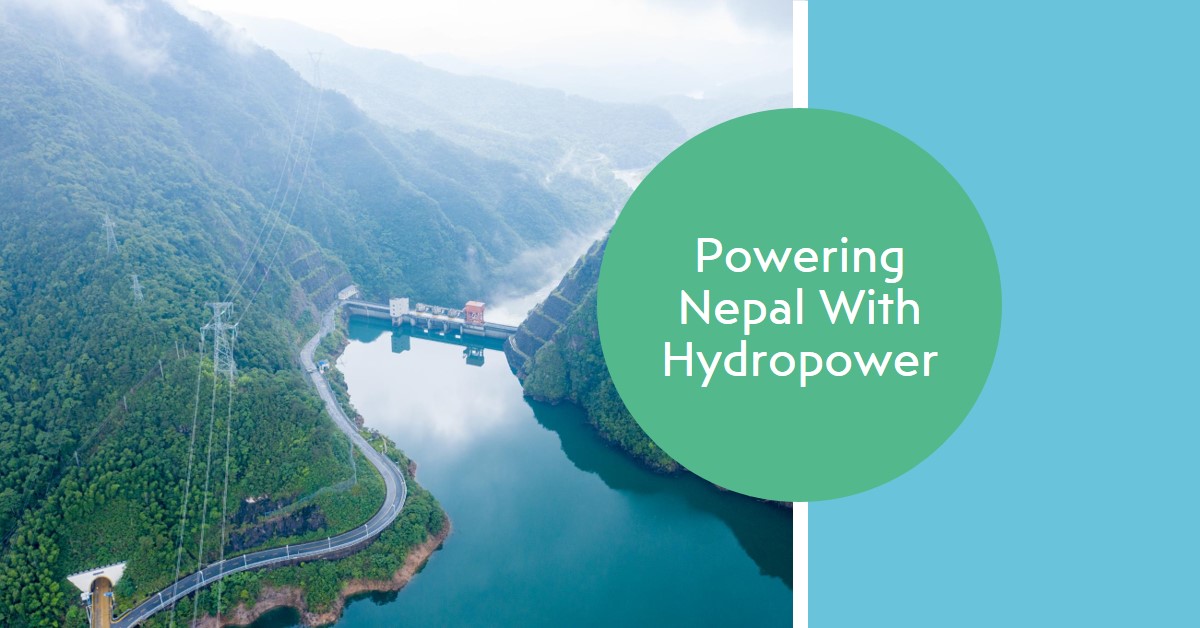Hydropower has been a key contributor to Nepal’s economy for many years, and it’s set to play an even more important role in the country’s future. With an abundance of fast-flowing rivers and steep mountain ranges, Nepal has the potential to generate a significant amount of electricity from hydropower.
In recent years, the government of Nepal has recognized the potential of hydropower and has taken several steps to develop the sector. The government has set a target to generate 30,000 MW of electricity by 2030, of which 60% will be generated by hydropower. This ambitious target will require significant investment and technical expertise, and the government is working closely with international partners to achieve it.
One of the biggest challenges facing the hydropower sector in Nepal is the lack of infrastructure. Many of the country’s rivers flow through remote and mountainous areas, making it difficult to build dams and power plants. However, advances in technology and engineering are making it increasingly possible to overcome these challenges and tap into the vast potential of Nepal’s rivers.
One of the most promising areas for hydropower development in Nepal is the use of small and micro hydropower plants. These plants are relatively small in scale and can be built in remote areas, making them a good option for providing electricity to rural communities. The government is actively promoting the development of small and micro hydropower plants, and there are already several successful projects in operation.
In addition to small and micro hydropower, Nepal is also focusing on developing large-scale hydropower projects. The government is currently working on several large hydropower projects such as the Upper Tamakoshi Hydropower Project, Arun III Hydroelectric Project, and Budhi Gandaki Hydropower Project. These projects are expected to generate a significant amount of electricity and provide a boost to the country’s economy.
In conclusion, hydropower is set to play an increasingly important role in Nepal’s future. With the government’s ambitious target to generate 30,000 MW of electricity by 2030, the sector is expected to receive a significant amount of investment and technical expertise. The government’s focus on small and micro hydropower plants, as well as large-scale projects, is a positive step towards achieving this target and providing electricity to the people of Nepal.
The entire post is written by ChatGPT for the following query:
Write about the future of hydropower in Nepal as Dinesh Roy would write in dineshroy.com.np

Leave a Reply